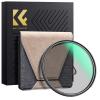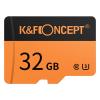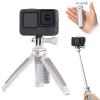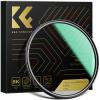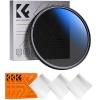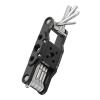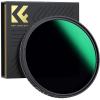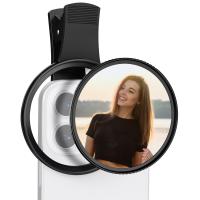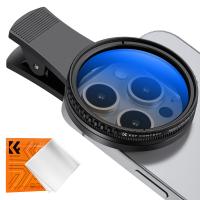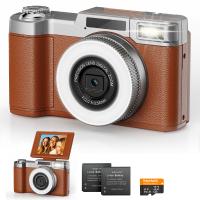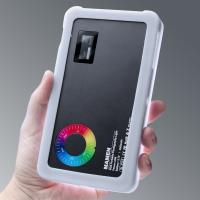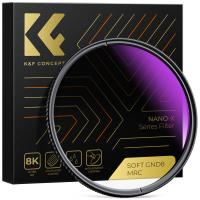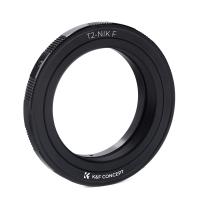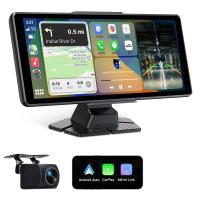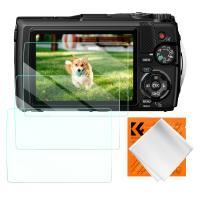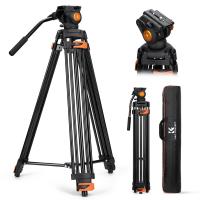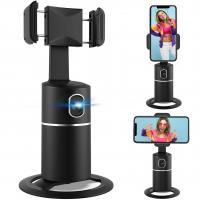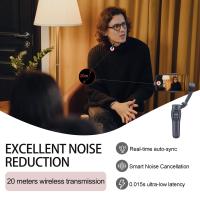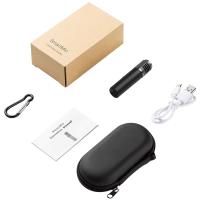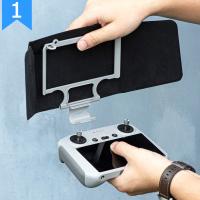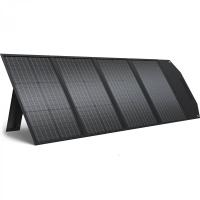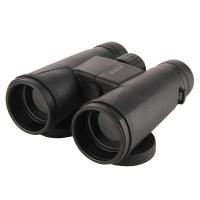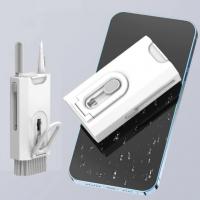How To Turn Off Flash On Camera?
In the age of smartphones and digital cameras, capturing the perfect photo has become a common pursuit for many. However, one aspect that often disrupts the quality of a photo is the camera flash. While flash can be useful in low-light conditions, it can also create harsh lighting, red-eye effects, and unwanted reflections. Knowing how to turn off the flash on your camera can significantly improve your photography skills and the quality of your images. This article will guide you through the steps to disable the flash on various types of cameras, including smartphones, digital cameras, and DSLRs, and provide tips for shooting in low-light conditions without flash.
Turning Off Flash on Smartphones
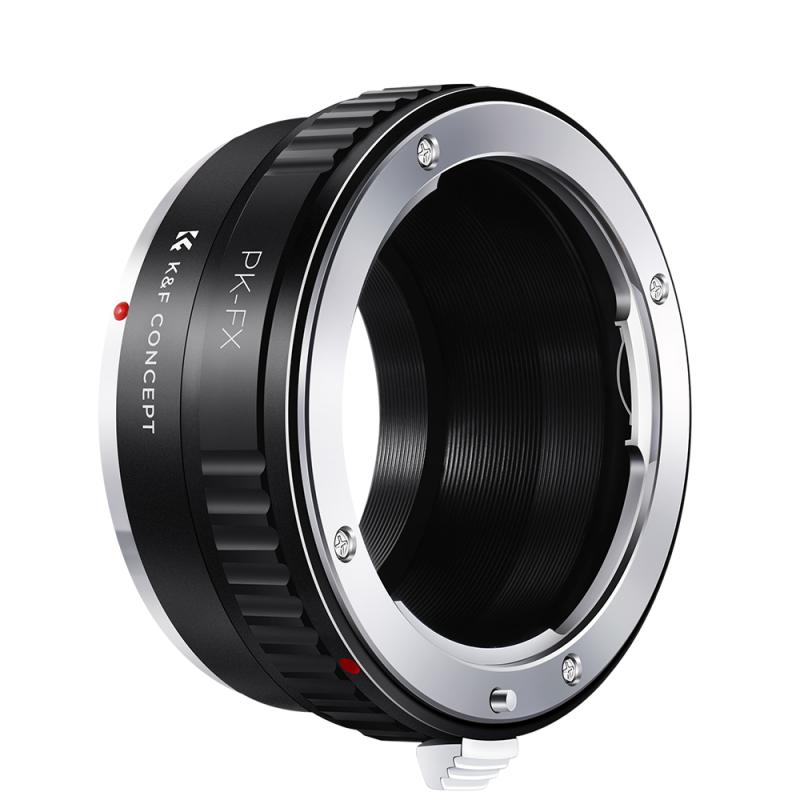
Smartphones are the most commonly used devices for photography today. Both Android and iOS devices have built-in camera apps that allow you to control the flash settings easily.
iOS Devices (iPhone)

1. Open the Camera App: Launch the default Camera app on your iPhone.
2. Locate the Flash Icon: The flash icon is usually represented by a lightning bolt symbol. It is located at the top left or top right corner of the screen, depending on your iOS version.
3. Tap the Flash Icon: Tapping the flash icon will bring up three options: Auto, On, and Off.
4. Select 'Off': Choose the 'Off' option to disable the flash.
Android Devices
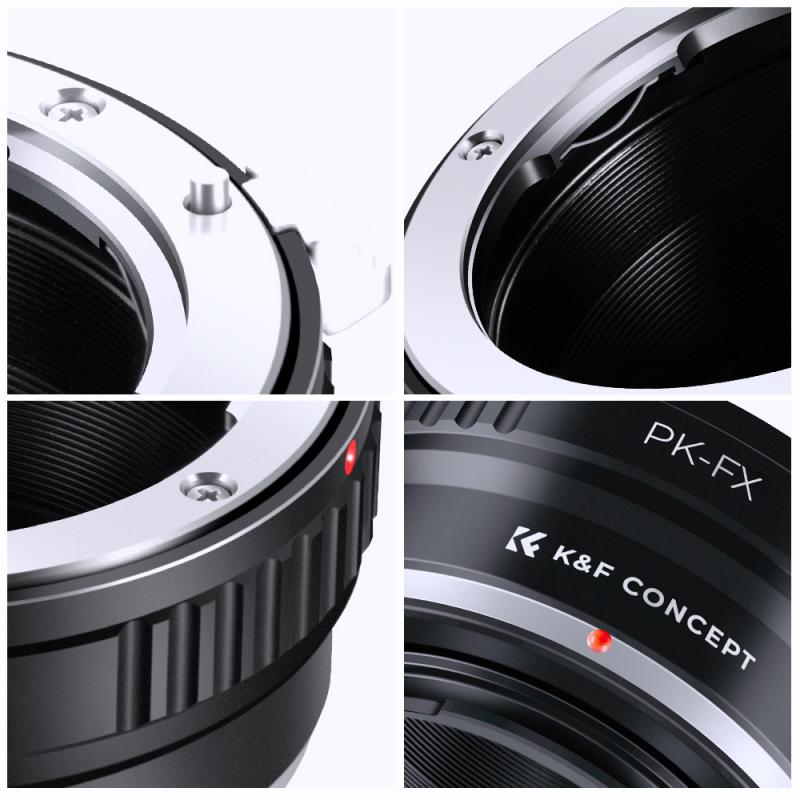
1. Open the Camera App: Launch the default Camera app on your Android device.
2. Locate the Flash Icon: The flash icon is typically represented by a lightning bolt symbol and is usually found at the top or side of the screen.
3. Tap the Flash Icon: Tapping the flash icon will cycle through the flash options: Auto, On, and Off.
4. Select 'Off': Choose the 'Off' option to disable the flash.
Turning Off Flash on Digital Cameras
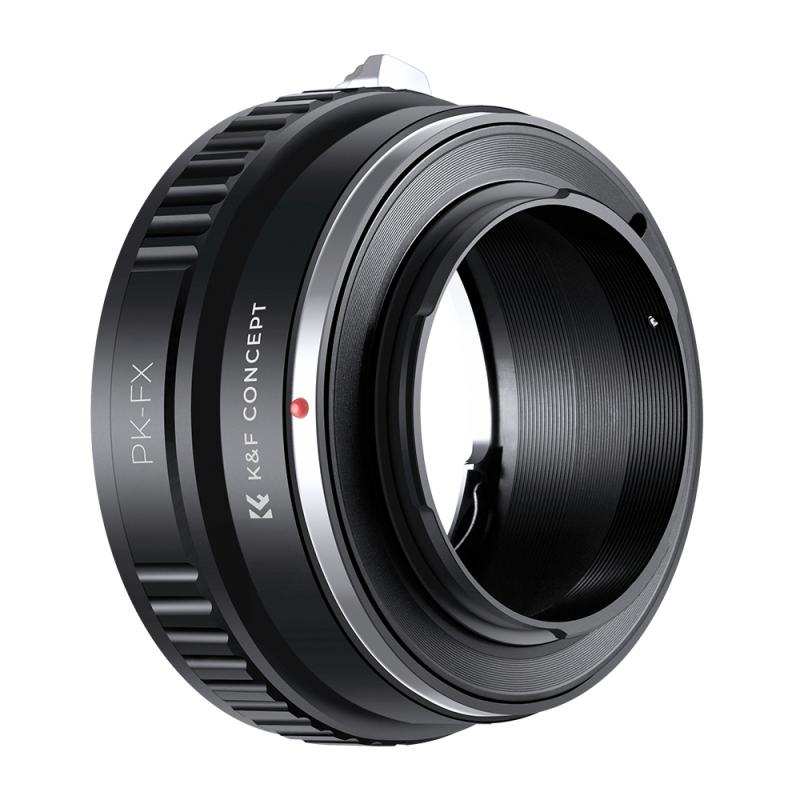
Digital cameras, including point-and-shoot models, often have a dedicated button or menu option for controlling the flash.
1. Power On the Camera: Turn on your digital camera.
2. Locate the Flash Button: Look for a button with a lightning bolt symbol. This button is usually located on the back or top of the camera.
3. Press the Flash Button: Pressing this button will cycle through the flash options: Auto, On, Off, and sometimes Red-Eye Reduction.
4. Select 'Off': Choose the 'Off' option to disable the flash.
If your digital camera does not have a dedicated flash button, you can usually find the flash settings in the camera's menu:
1. Access the Menu: Press the 'Menu' button on your camera.
2. Navigate to Flash Settings: Use the navigation buttons to find the flash settings.
3. Select 'Off': Choose the 'Off' option to disable the flash.
Turning Off Flash on DSLRs
DSLR cameras offer more advanced settings and controls, including the ability to disable the flash.
1. Power On the Camera: Turn on your DSLR camera.
2. Locate the Flash Button: Look for a button with a lightning bolt symbol, usually found on the side of the camera near the lens.
3. Press the Flash Button: Pressing this button will either pop up the flash or bring up the flash settings on the screen.
4. Access the Flash Settings: If the flash settings appear on the screen, use the navigation buttons to select 'Off'.
Alternatively, you can disable the flash through the camera's menu:
1. Access the Menu: Press the 'Menu' button on your DSLR.
2. Navigate to Flash Settings: Use the navigation buttons to find the flash settings.
3. Select 'Off': Choose the 'Off' option to disable the flash.
Tips for Shooting in Low-Light Conditions Without Flash
Disabling the flash can improve the quality of your photos, but it also means you need to adapt to low-light conditions. Here are some tips to help you capture great photos without using flash:
Increase ISO Sensitivity
Increasing the ISO sensitivity allows your camera to capture more light, making it easier to shoot in low-light conditions. However, higher ISO settings can introduce noise or graininess to your photos, so find a balance that works for your situation.
Use a Tripod
A tripod can stabilize your camera, allowing you to use slower shutter speeds without introducing blur from camera shake. This is particularly useful in low-light conditions where longer exposure times are needed.
Open the Aperture
A wider aperture (lower f-number) allows more light to reach the camera sensor. This can help you capture brighter images in low-light conditions. However, be mindful of the depth of field, as a wider aperture can result in a shallower focus area.
Utilize Natural Light
Whenever possible, use natural light sources such as windows, streetlights, or candles to illuminate your subject. Position your subject to take advantage of the available light, and adjust your camera settings accordingly.
Post-Processing
If your photos are still too dark, you can use photo editing software to adjust the brightness and contrast. Programs like Adobe Lightroom, Photoshop, and even mobile apps like Snapseed can help you enhance your images without compromising quality.
Knowing how to turn off the flash on your camera is a valuable skill that can significantly improve the quality of your photos. Whether you're using a smartphone, digital camera, or DSLR, the steps to disable the flash are straightforward and easy to follow. Additionally, by employing techniques for shooting in low-light conditions without flash, you can capture stunning images that are free from the harsh effects of artificial lighting. Practice these tips and experiment with your camera settings to become a more versatile and skilled photographer.

